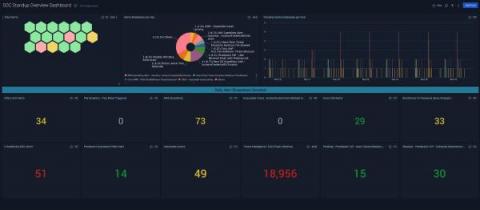CISOs and cybersecurity in an economic downturn: do more with less
The financial outlook for the rest of 2023 and 2024 is far from cheery, and economic uncertainty is affecting everyone and everything, including the cybersecurity sector. Security budget cuts or freezes are the course many organizations are tempted to take in this financially precarious situation. Conservative spending is a natural response to the present economic downturn and a possible recession knocking on our doors, implying fewer clients, lower profits, and higher costs.











